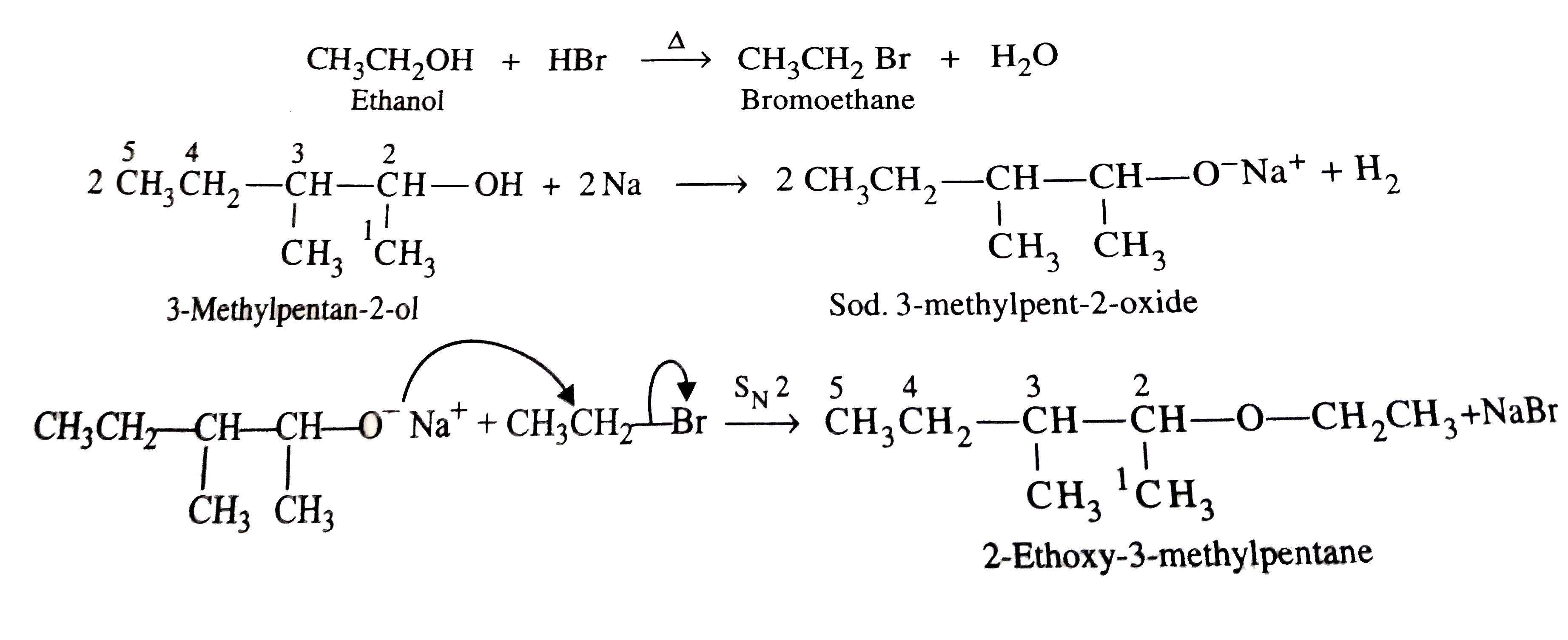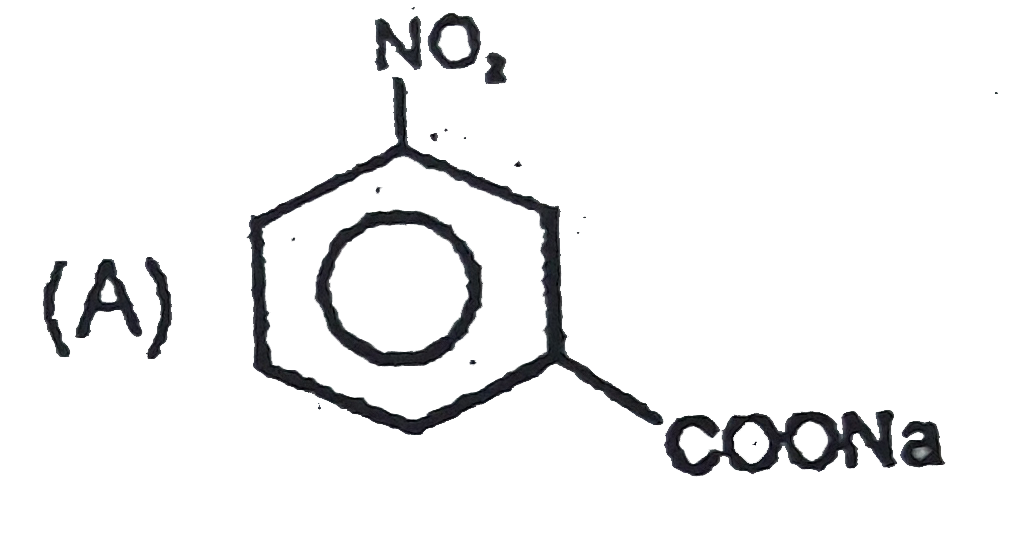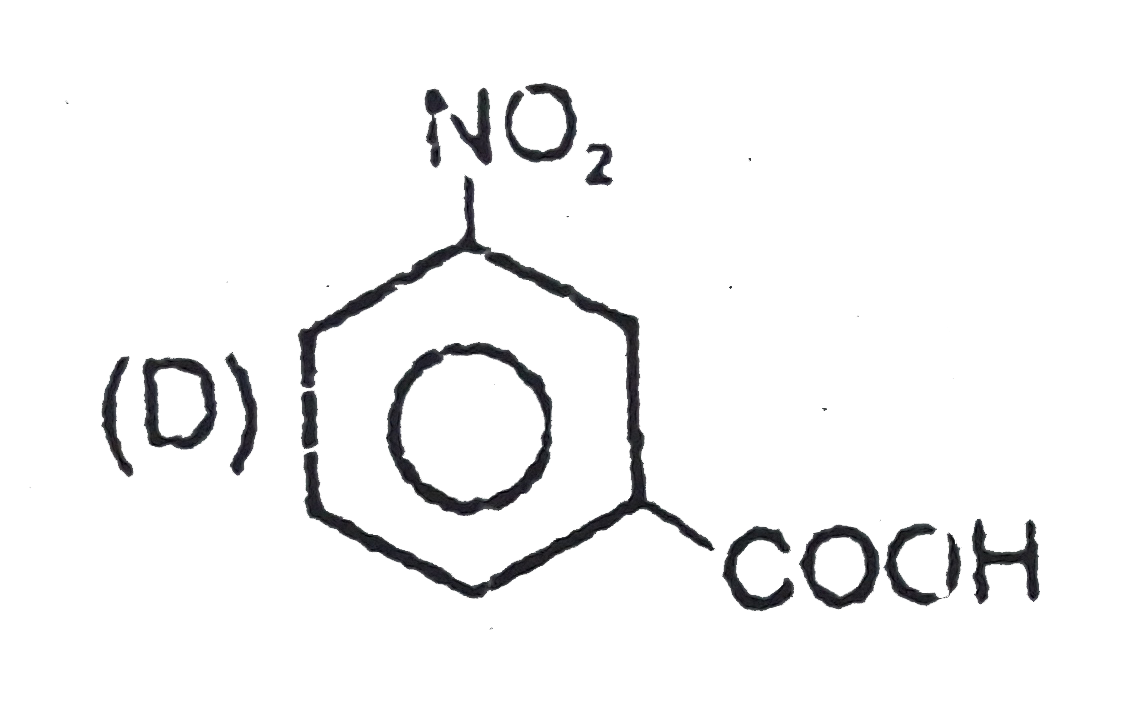Explore topic-wise InterviewSolutions in .
This section includes InterviewSolutions, each offering curated multiple-choice questions to sharpen your knowledge and support exam preparation. Choose a topic below to get started.
| 21551. |
The use of pyrogallol in Ramsay - Rayleigh second method is |
|
Answer» to ABSORB `O_2` |
|
| 21552. |
Which of the following has strongest C-Cl bond ? |
|
Answer» `C_(6)H_(5)-Cl` |
|
| 21554. |
Whichof thefollowingcompoundexistsas adipolarion? |
|
Answer» <P>Sulphamicacid |
|
| 21555. |
Which of the following statements about halogens is correct? |
|
Answer» All are diatomic and FORMS UNIVALENT ion |
|
| 21556. |
Which ion can not be as a cofactor in enzymes ? |
|
Answer» `MN^(2+)` |
|
| 21557. |
The temperature dependence on rate constant (k) of a chemical reaction is written in terms of Arrhenius equation, k=A.e^(-E^(0)//RT). Activation energy (E^(0)) of the reaction can be calculated by plotting |
|
Answer» `logkvs(1)/(LOGT)` |
|
| 21558. |
Which of the following is not correctly match between given species and type of overlapping ? |
|
Answer» <P>`XeO_(3)` : THREE `(dpi-p pi)`BONDS |
|
| 21559. |
Which one of the following pairs of elements is called chemical twins beacause of their very similar chemical properties |
|
Answer» MN and W |
|
| 21561. |
Which of the following will not be the product when S on reaction with Cl_2//NaOH or on reaction with Cl_2//NaOH followed by acidification. |
|
Answer»

|
|
| 21562. |
Which of the following solutions will have pH close to 1.0 |
|
Answer» 100 ml of (M/10) HCl + 100 ml of (M/10) NaOH So acid is left at the end of reaction `N_("FINAL solution") = [H^(+)] = (N_(1)V_(1) - N_(2)V_(2))/(V_(1)+V_(2))` `= ((1)/(5)XX 75-(1)/(5)xx 25)/(75+25) ` `= (1)/(10) = 0.1 = PH = -LOG[H^(+)] = 1` |
|
| 21563. |
Two elements whose electrongatives are 1.2 and 3,0 and the bond formed between them would be |
|
Answer» IONIC |
|
| 21564. |
Which of the following plot gives Ellingham diagram ? |
|
Answer» `Delta S V sT` |
|
| 21565. |
When a colloidal solution is observed under ultramicroscope, we can see |
|
Answer» LIGHT SCATTERED by COLLOIDAL particle |
|
| 21566. |
Write two main functions of carbohydrates in plants. |
|
Answer» Solution :Two MAIN functions of carbohydrates are : (i) Starch is major food reserve MATERIAL in plants (ii) CELL wall of bacteria and plants is MADE up of polysaccharide units. |
|
| 21567. |
Which of the following compounds does not respond to aldol condensation reaction ? |
|
Answer» `CH_3CHO` |
|
| 21568. |
which of the following salts used I the bead test for basic radicals? |
|
Answer» `Na(NH_(4))HPO_(4). 4H_(2)` `Na(NH_4)HPO_(4) . 4 H_2O overset(Delta)(rarr)NH_3 + 5H_2O + NaPO_3` The bead combines with certain coloured metallic oxides to form coloured beads of the corresponding orthophosphates. `NaPO_3 + CuO to underset("Blue")(CuNaPO_4)` It is, THEREFORE, sometimes used in PLACE of borax for PERFORMING bead test for coloured basic radicals. |
|
| 21569. |
Which sulphide has a yellow colour? |
|
Answer» CuS |
|
| 21570. |
Volume of 0.5 mole of a gas at 1 atm. pressure and 273^@C is |
|
Answer» 22.4 LITRES |
|
| 21571. |
Which of the following contains S - S linkage ? |
|
Answer» THIOSULPHATE ION |
|
| 21572. |
Which of the following are examples of Sandmeyer's reaction? |
|
Answer» `C_(6)H_(5)N_(2)^(+)Cl overset(CuCl) to C_(6)H_(5)Cl` 
|
|
| 21573. |
When compared to DeltaG^(@) for the formation of Al_(2)O_(3), the DeltaG^(@)for the formation of Cr_(2)O_(3) is |
|
Answer» same `Cr_(2)O_(3)+2Alto2Cr+Al_(2)O_(3)+`heat Therefore `DeltaG^(@)` for the formation of `Al_(2)O_(3)`is lower in comparison to `DeltaG^(@)`for the formation of `Cr_(2)O_(3)`. |
|
| 21574. |
Which of the following compounds have the oxidation number of the metals as+1 |
|
Answer» `CuSCN` |
|
| 21575. |
Which compound does not dissolve in hot dilute HNO_(3) ? |
| Answer» Solution :`HgS+HNO_(3)to`No REACTION. | |
| 21576. |
When the dispersion medium is alcohol, the collodal sol is known as |
|
Answer» Hydrosol |
|
| 21577. |
Write the reactions of Williamson synthesis of 2-ethoxy-3-methylpentane starting from ethanol and 3-methylpentan-2-ol. |
Answer» SOLUTION :Williamsom synthesis is a `S_(N)2` REACTION, therefore, for the success of any such synthesis, the alkyl halide should be PRIMARY (unhindered or least inhindered). Thus, the alkyl halide should be derived from ETHANOL and the ALKOXIDE ion from 3-methylpentan-2-ol. the complete synthesis is as follows: 
|
|
| 21578. |
Write the reactionsinvolved in the following: Hofmann bromamide degradation reaction |
| Answer» SOLUTION :`Ar//R-CONH_2+Br_2+4 NAOH to Ar//R-NH_2+2 NaBr+Na_2CO_3+2H_2O` | |
| 21579. |
Which of the followingpolymer from net like structure |
|
Answer» polyethene 
|
|
| 21580. |
The weight of sodium bromate required to prepare 85.5 ml" of " 0.672N solution for cell reaction , BrO_(3)^(-) + 6H^(+) + 6e to Br^(-) + 3H_(2)O, is |
|
Answer» `1.56` gm Let weight of `NaBrO_(3) = W` `:. W/M_(NaBrO_(3)) xx 6 xx 1000 = 57 .456 `(EQUIVALENT weight = M/6) of n-factor = 6 ` :. M/151 xx 6 xx 1000 = 57.456` ` :. W = 1.45 ` gm |
|
| 21581. |
The statement that, .. That crystals of same substance can have different shapes depending upon the number and size of faces but the angle between the corresponding faces remains constant .. is known as : |
|
Answer» Hauy's LAW of rationality ofindices |
|
| 21582. |
Transition elements belong to |
|
Answer» s-block |
|
| 21583. |
Which one of halogen oxidizes water to oxygen with large evolution of heat? |
|
Answer» `F_(2)` `2F_(2)+2H_(2)O to 4HF+O_(2)+"Heat"` `3F_(2)+3H_(2)O to 6HF+O_(3)+"Heat"` A similar relation of chlorine with `H_(2)O` occurs, but the reaction is very slow, because the energy of activation is HIGH. |
|
| 21584. |
Which is the correct structure of the compound 3-hexyn-1-oic acid |
|
Answer» `CH_(3)-CH_(2)-CH_(2)-C-=C-COOH` |
|
| 21585. |
Which of following does not act as oxidizing agent ? |
|
Answer» `Br_(2)`<BR>`Cl_(2)` `Br_(2)+2E^(-) to 2Br^(-)` `F_(2)+2e^(-) to 2F^(-)` `Cl_(2)+2e^(-) to 2Cl^(-)` |
|
| 21586. |
Why are Mn^(2+)compounds more stable than Fe^(2+) towards oxidation to their +3 state? |
| Answer» Solution :The electronic configuration of `Mn^(2+) " is " 1s^(2) 2s^(2) 2p^(6) 3s^(2) 3P^(6) 3D^(5)`. To oxidize to `Mn^(3+)`, the one electron has to be REMOVED from STATE `d^(5)` orbital which is half filled and requires high ionization energy. In `Fe^(2+)` ion, the third electron is taken from `3d^(6)` configuration that results in more STABLE `3d^(5)` configuration. | |
| 21587. |
What are Antagonists and Agonists drugs ? |
|
Answer» SOLUTION :Antagonists drugs. These are the drugs which bind to the receptor and inhibit or RETARD their functioning. These are quite effective in blocking the messages by the messengers. Agonists drugs. These are the drugs which in a way try to befool the NATURAL messenger by switching on the reception and THEREFORE playing their roll effectively. |
|
| 21588. |
Which of the following cannot be made by using Williamson's synthesis ? |
|
Answer» Methoxybenxene |
|
| 21589. |
What are antagonistic drugs ? |
| Answer» SOLUTION :Drugs that bind to the RECEPTOR SITE and inhibit its natural function are called ANTAGONISTIC drugs. | |
| 21590. |
When a sample of N_(2) gas is passed through a liquid (N_(2) is insoluble in the liquid) part of the liquid vaporises and these vapors are carride off with the N_(2) gas. It ws found that under identical conditions of T & P, vapour density of wet N_(2) is higher than that of dry N_(2). If vapour density of the wel N_(2) is 15 then molar mass of the other liquid is [Given : vapour contains 50 mole % of N_(2)] |
| Answer» Solution :N//A | |
| 21592. |
Which of the statements given below is incorrect ? |
|
Answer» `O_(3)` MOLECULE is bent ONF (8 + 7 + 9 = 24) and `O_(2)N^(-)` (2 `xx` 8 + 7 + 1 = 24) are isoelectronic ions. `Cl_(2)O_(7)` is the anhydride of perchloric acid. `2HClO_(4) RARR Cl_(2)O_(7) + H_(2)O` But `OF_(2)` (oxygen difluoride) is a fluoride of oxygen and not oxide of fluorine because fluorine is more electronegative than oxygen. Thus, option (c) is incorrect. |
|
| 21593. |
Which of the following ion is colourless? |
|
Answer» `Sc^(3+)` |
|
| 21594. |
Which of the following is an intensive property ? |
|
Answer» Volume |
|
| 21595. |
Which one of the following sets of ions represents a collection of iso-electronic species ? |
|
Answer» `k^+, Cl^- , MG^(2+) , Sc^(3+)` |
|
| 21596. |
Which of the following salts are soluble in NH_(4)OH? |
| Answer» Answer :A::C | |
| 21597. |
Which one of the following is not present in DNA ? |
|
Answer» adenine |
|
| 21598. |
Which one of the followingis calledblood sugar ? |
|
Answer» Erythose |
|
| 21599. |
van't Hoff factor (i) is given by the expression |
|
Answer» `i=("Normal molar MASS")/("Abnormal molar mass")` |
|
| 21600. |
There are two radio nuclei A and B is a alpha -emitter and B is beta-emitter. Their disintegration constant are in the ratio of 1:2 . What should be the number of atoms ratio of A and B at time t=0 , so that initially probability of getting of alphaand beta-particles are same. |
|
Answer» `2:1` |
|



